What are NFTs?
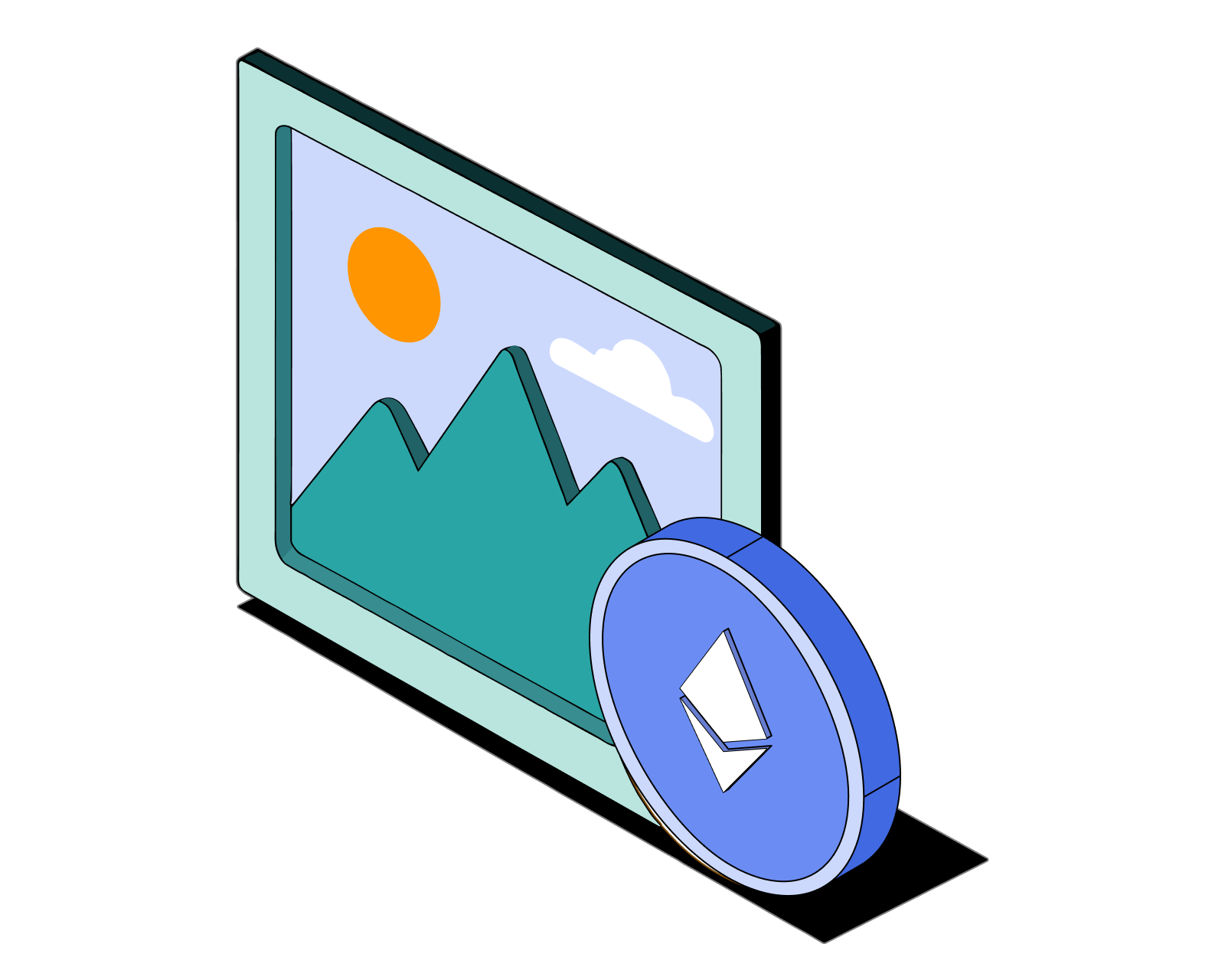
Table of Contents
What is a non-fungible token (NFT)?
NFT stands for non-fungible token. These tokens are digital assets using the same basic technology that cryptocurrencies such as Bitcoin and Ethereum use to create digital scarcity. However, NFTs use digital scarcity in a different way than cryptocurrencies.
Cryptocurrencies are fungible, whereas NFTs are non-fungible. Fungibility is the property of an asset such that individual units are interchangeable and indistinguishable from one another. Ideally one dollar is interchangeable with any other dollar, one bar of gold for another of equal size and purity, and one bitcoin for another bitcoin. As you can imagine, fungibility is an important quality for money in order to facilitate commerce.
Many traditional assets are not very fungible. For example, real estate. No two pieces of property are the same. Paintings, cars, and collectible card games and comics exist on a spectrum of fungibility.
NFTs achieve non-fungibility through encryption. A creator of a digital object cryptographically associates the digital object with a token. For this reason, you can think of the token as a digital signature. The digital object can be encrypted and unlocked by the digital signature, however most NFTs do not actually integrate this function. This means the digital object connected to most NFTs can be copied and distributed as easily as anything on the internet.
It’s important to note that in most countries, NFTs do not give you legal ownership or intellectual property rights to the associated digital object. That requires legal changes in your jurisdiction.
Why are NFTs valuable?
As with most things in crypto, new entrants must wrestle with fundamental questions of value. The simple truth is that the value of NFTs are determined by what people will pay for them.
Most of the use cases for NFTs so far have comparable legacy use cases. These include artwork such as paintings, photographs, and short animations; music like songs, albums, or even live music tickets; and video game assets such as in-game cosmetics, and digital real estate. All of these legacy use cases have frameworks and histories for how people have valued them. This can help form a basis for valuing NFTs of similar use.
In 2020, the art market worldwide was valued at approximately $50 billion. The music industry revenue worldwide was $61.82 billion in 2021. Video game revenue reached $179.7 billion in 2020. NFTs are looking to disrupt these markets starting with the usual crypto advantages: Making it more accessible for everyone; easier to buy, sell, trade; and empowering users with the choice of self custody.
Critical Questions about NFTs
The explosion in popularity of NFTs has made them a target of criticism. Many critiques of NFTs are warranted, though it’s not as simple as “NFTs are bad because of X." Here are a few of the more common criticisms with merit.
Environmental concerns
The crypto industry as a whole has received a lot of negative attention around environmental concerns. We clear up misinformation and address relevant claims in this article. Specifically regarding NFTs, there are criticisms that NFTs are contributing excessively to climate change. Up to this point, most NFT activity has occurred on Proof of Work (PoW) blockchains, which require large amounts of electricity consumption. Ethereum is currently in the process of switching from PoW to Proof of Stake (PoS), which should use at least 99.95% less energy. Most alternative blockchains already use PoS technology, so NFTs residing there aren’t a problem.
Critics argue that the problem remains relevant because most NFT activity happens on the Ethereum network, and Ethereum has been planning to move from PoW to PoS since 2014. The move seems likely in 2022 or 2023, but only time will tell. Even if we assume the worst case scenario, Ethereum fails to transition to PoS any time soon, this still won’t likely be a long term problem. Generally speaking, the art community is highly sensitive to ESG concerns. If Ethereum doesn’t transition soon, artists will move to PoS chains. This is already happening. There are growing, thriving communities on other chains in no small part to this.
Capitalistic avarice
NFTs have garnered mainstream media attention due to many million dollar sales. The idea that a copyable jpeg can be worth millions of dollars seems obscene to some. Certainly within the art community, the potentially speculative nature of NFTs have left many grave concerns. When looking at how quickly prices for NFTs have increased and how ostensibly questionable they are, it does seem like critics of NFTs worried about capitalism run amuck have a point.
There is a counterpoint to this, which doesn’t make the headlines because it is a far less provocative story. Thousands of artists, perhaps tens of thousands, who were barely able to sustain themselves have found a thriving livelihood through NFTs. Their works are largely not selling for the sexy six or seven figures, but nonetheless, there has been a massive improvement in their day-to-day. Art, once thought to be an unsustainable passion, can now be a profession for many of these people.
There are articles describing the somewhat insular nature of the art world up to this point, which is now being challenged and forced open by the inherent anonymous nature of NFTs and the internet. Ninety-six percent of artworks sold at auction are by male artists; there are no women in the top 0.03% of the auction market where 41% of the profit is concentrated; and 80% of the artists in NYC’s top galleries are white.
Right-click and save
One of the biggest stumbling blocks for people understanding the value of NFTs is the concept that the underlying digital object is not, in fact, scarce. This argument is encapsulated by the meme, “right-click and save." Most often NFTs with a visual element (e.g., picture or animation) reside unencrypted on a public server accessible for anyone to right-click with their mouse, and save to their computer. The argument goes, “you too can have a perfect digital copy of a million dollar NFT."

Right-click saving Fidenza #125
Physical object scarcity is enforced by the laws of physics. This doesn’t apply to digital objects. In the digital realm, the value of an object is not determined by how scarce it is in absolute terms. It is determined by how scarce it is within the confines of a system. This might sound confusing or crazy by turns, but there already is a precedent for this.
The game industry is dominated by games that all make huge sums of money from selling cosmetic items: digital objects. These objects can be copied, and the game itself can and is hacked and played locally. All of those digital objects are available for enterprising right-clickers to use in the privacy of their own computers. But when you want to play with your friends, on the sanctioned network where most users exist, you have to pay for these digital objects.
The value of NFTs will be that they exist in a robust network that includes most people you know. This is born out with Twitter integrating NFTs into their platform, and Facebook changing its name to Meta.
What are NFTs used for?
Currently, NFTs are used for a half dozen or so use cases. Most of these uses are repurposed from previous mediums and older technologies. Just as previous technologies first saw repurpose from older technology before being used in wholly new ways, NFTs will surely be used in ways we currently cannot envision. For now, let us examine some of the most popular ways NFTs are used. Please note that as with most things in art, the categories we present are loose, and NFTs blend into many different uses.
Visual Art
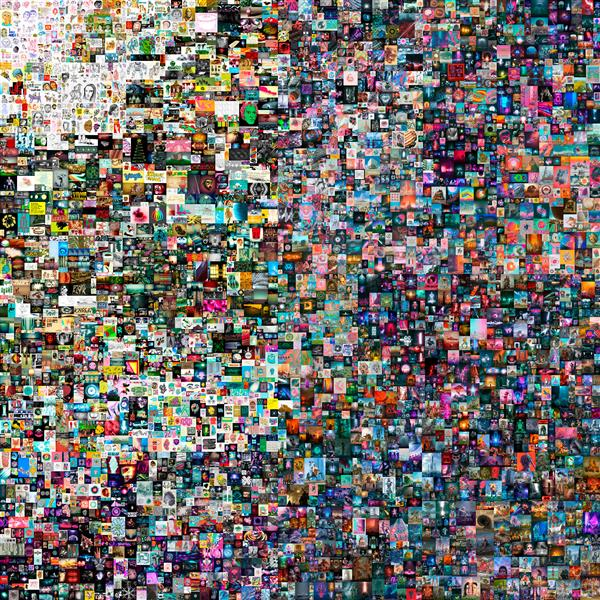
THE FIRST 5000 DAYS by Beeple, which sold for $69.3 million at Christies in 2021.
NFTs can be used as “jpegs" similar to other visual works of art.
PFPs


Profile Pictures (PFP) are a popular form of NFTs. The basic idea is that these NFTs are used as profile pictures for social networking sites like Twitter. CryptoPunks and Bored Ape Yacht Club NFTs are the preeminent PFP projects. Many celebrities on Twitter have adopted them as their profile picture, including Stephen Curry and Eminem.
Music

3LAU Ultraviolet NFT album auction for a total of $11.7 million.
Music NFTs can range from exclusive versions of songs or albums, unique digital album artwork, and even concert passes. There are exciting developments such as an NFT music platform called royal, which allows NFT holders to secure royalties from musicians’ songs.
Games and game assets

DeFi Kingdoms, a DeFi game.
Gaming is a natural fit for NFTs, since NFTs have basically existed in a centralized form for at least a decade. Almost all popular games nowadays have a heavy online, social component. Much of the value of the game resides there. NFTs will disrupt the centralized gaming model by allowing people who spend time and money in games to retain much of the value that their active participation creates.
Collectible Card Games
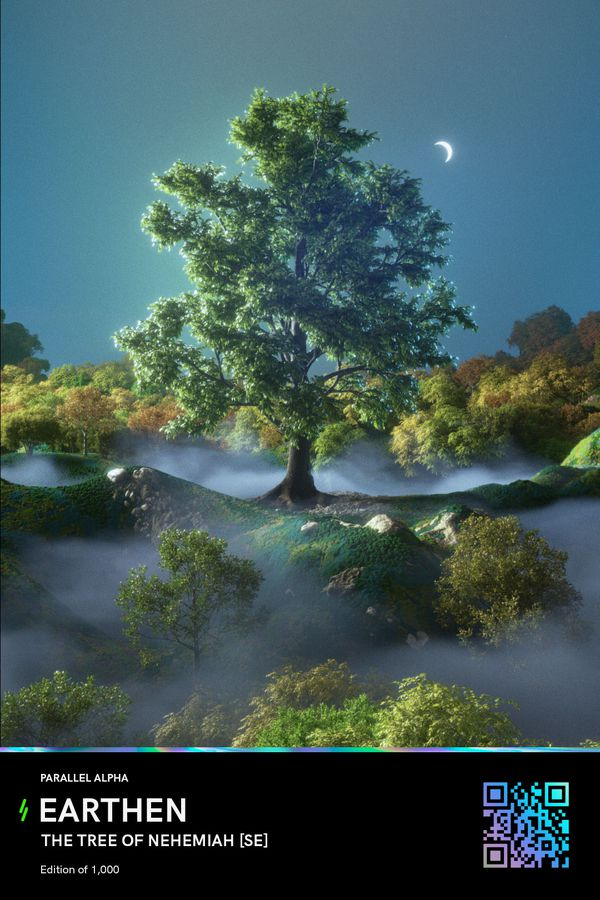
A card from collectible card game Parallel.
Digital card-based collectibles and games such as MTGO and Hearthstone are popular, and similar experiences that integrate NFT collectibles, such as Parallel, are coming. Sports collectibles like NBA Top Shot, where you collect professional basketball players’ highlights, or Sorare, a NFT-based fantasy soccer game, are popular.
The sky's the limit
This article mostly focused on art and culture NFTs, but NFTs can be used to represent any unique digital object. NFTs are already being used to represent certificates of deposit-like instruments, positions on decentralized derivatives platforms, and even as the title for physical real estate.
There are already talks of NFTs coming to represent your social graph, which is the complex web of connections and data that represents you on a social network. Someday, you might own your social graph as an NFT, which you could take with you to new websites or allow companies access for a price.
NFT marketplaces
There are two main choices between NFT markets: custodial and non-custodial. Custodial marketplaces hold the NFT for you, which means you must trust them. On the other hand, you won’t pay on-chain fees for basic actions like listing, buying, and selling your assets. If you trade Ethereum assets, gas fees can be a significant issue.
In non-custodial marketplaces, you always retain your NFTs, but every action will require you to spend some amount of gas to do anything.
Read more: What is ETH gas and how do fees work in Ethereum?
Closing thoughts
The increase in popularity of NFTs has largely occurred from the use cases outlined above. People and developers are still just starting to explore how they can interact with NFTs. There is little doubt that NFTs will be enjoyed in new ways within the aforementioned use cases, and new unforeseen use cases will emerge. If software is eating the world, then NFTs are tokenizing it.
Related guides
Start from here →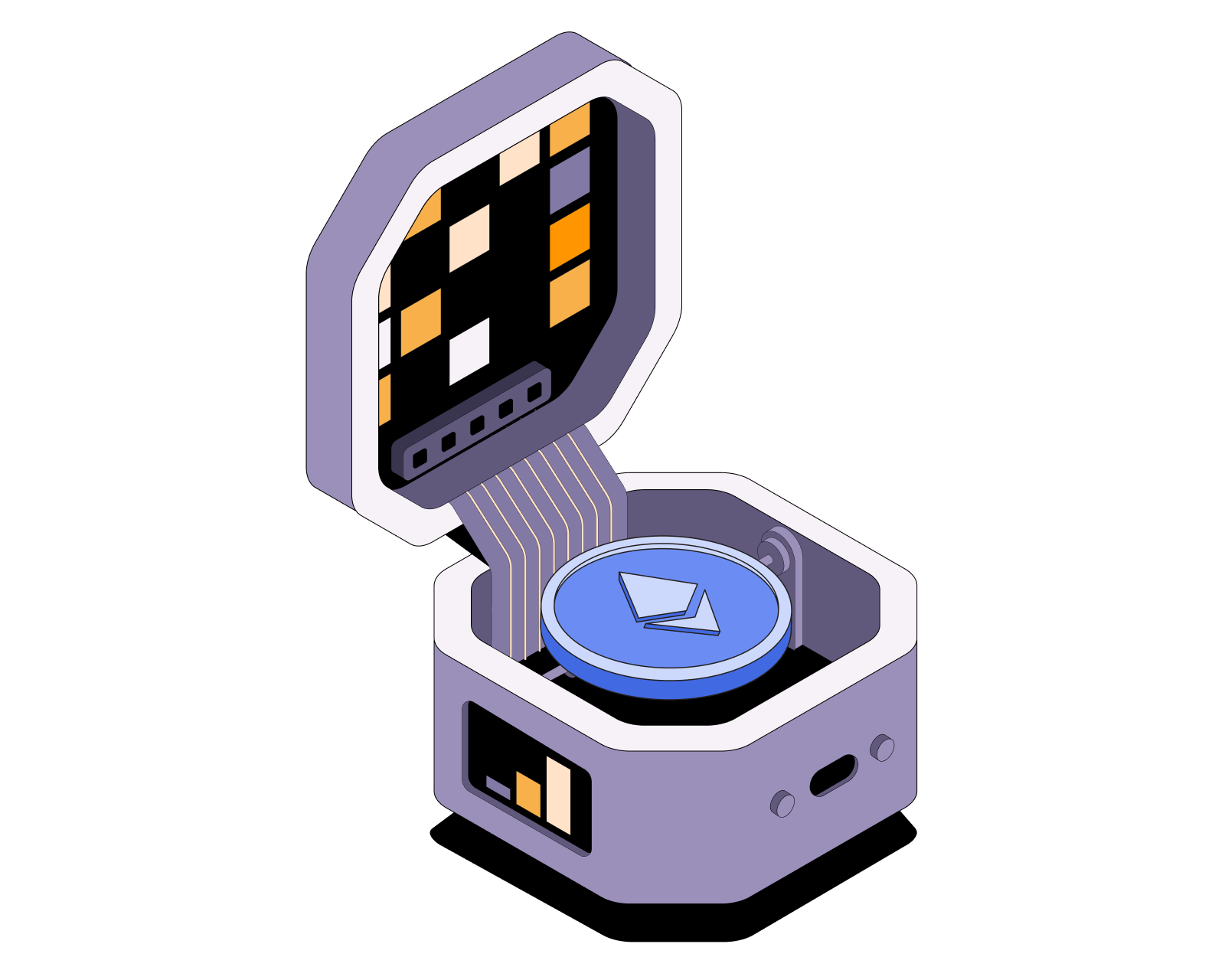

What is Ethereum?
Understand Ethereum's key characteristics.
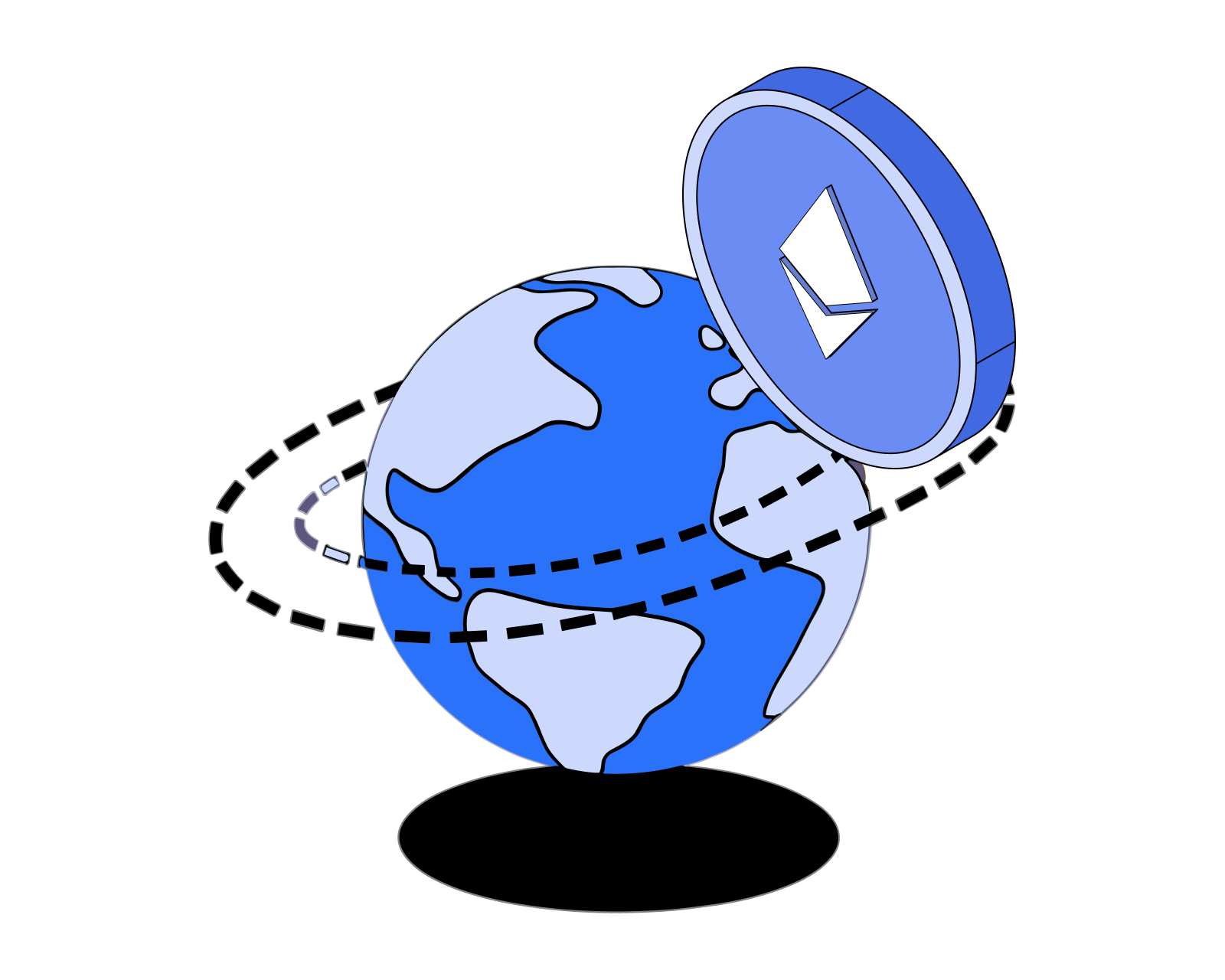

What is ETH used for?
Understand the function and utility of ETH.
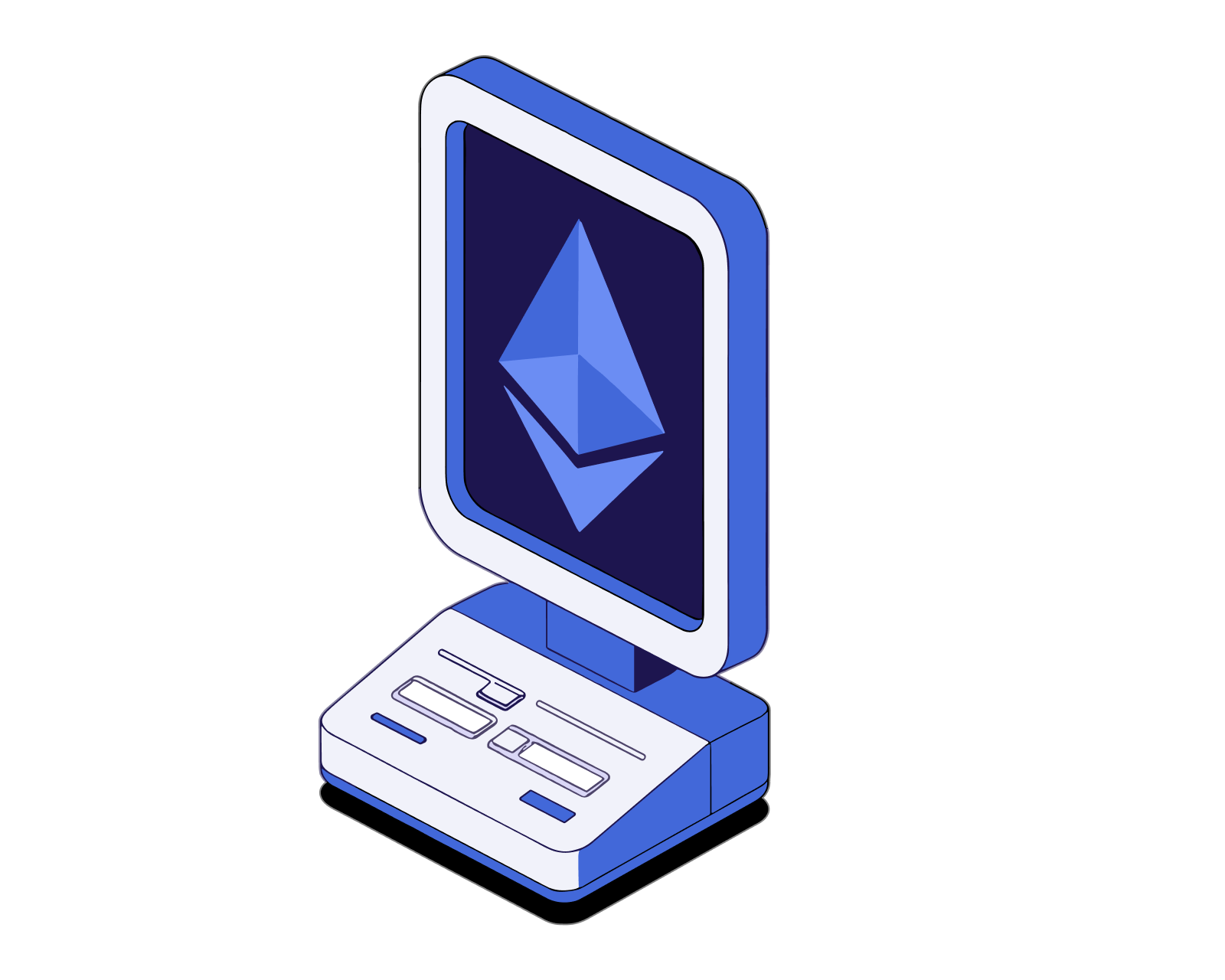
What is DeFi?
Learn what makes decentralized finance (DeFi) apps work and how they compare to traditional financial products.
Read this article →
What is DeFi?
Learn what makes decentralized finance (DeFi) apps work and how they compare to traditional financial products.
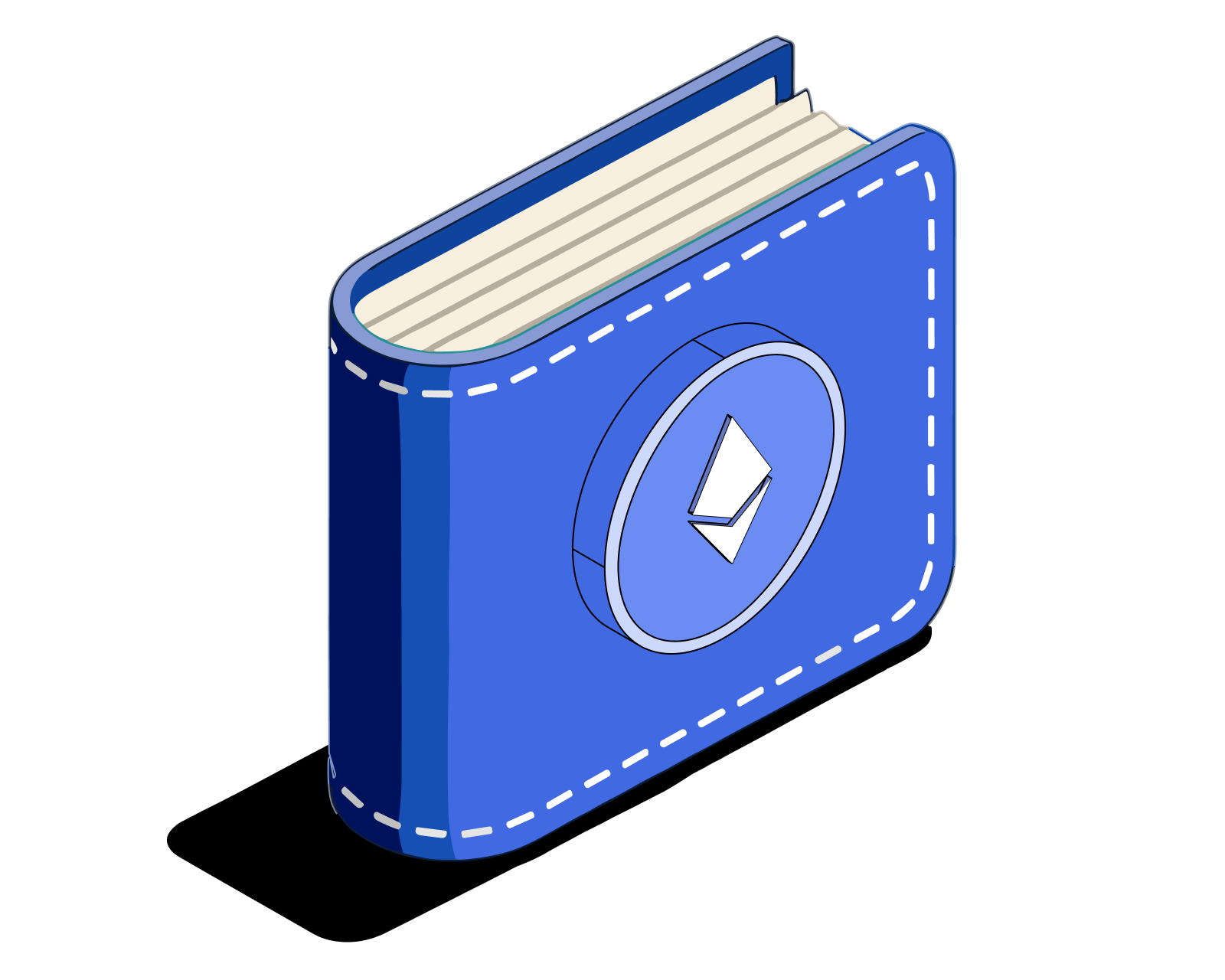
How to create an Ethereum wallet
Creating an Ethereum wallet is as easy as installing software on your mobile device or laptop/desktop.
Read this article →
How to create an Ethereum wallet
Creating an Ethereum wallet is as easy as installing software on your mobile device or laptop/desktop.
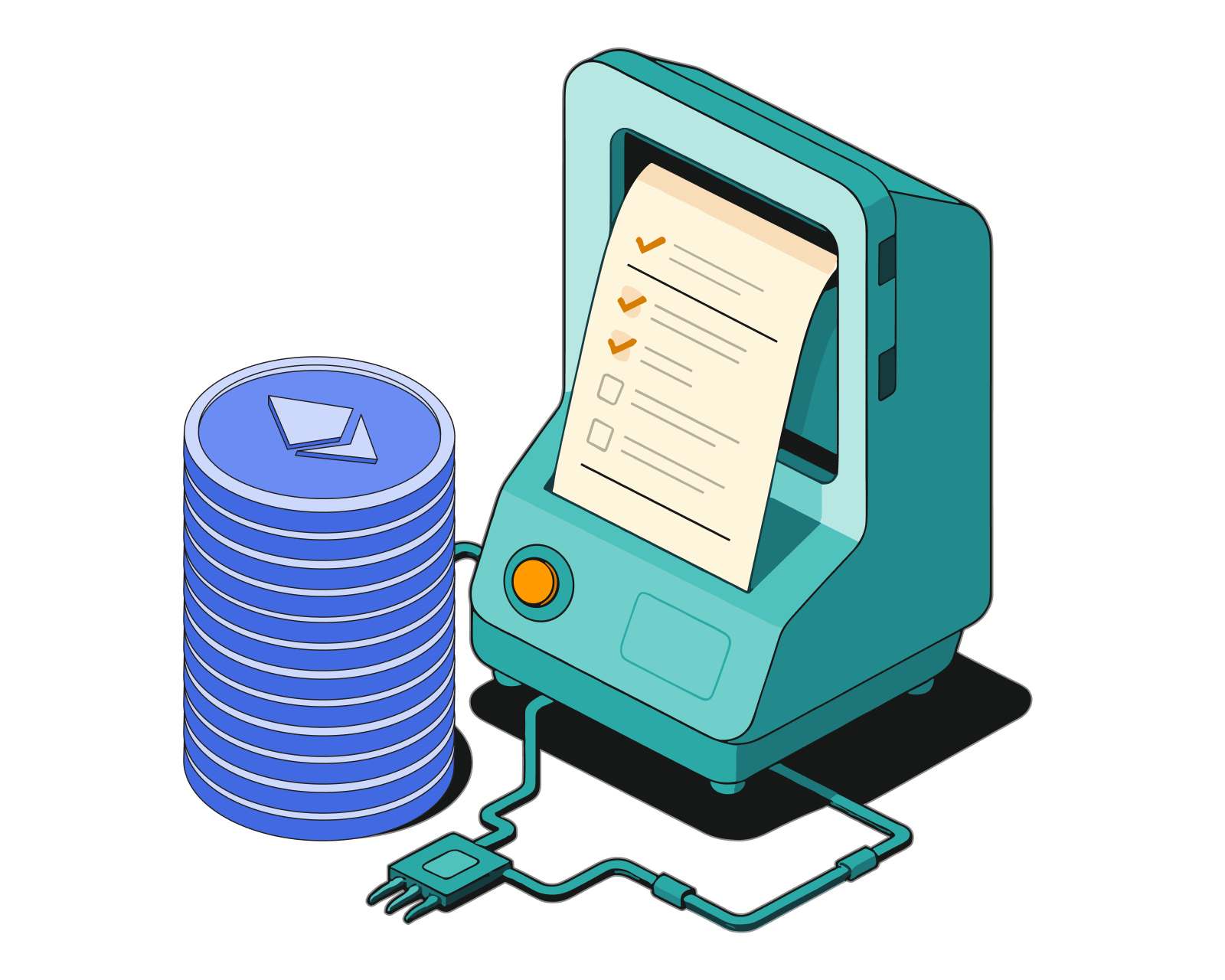
What are ERC-20 tokens?
Learn the basics of the Ethereum token standard, what ERC-20 tokens are used for, and how they work.
Read this article →
What are ERC-20 tokens?
Learn the basics of the Ethereum token standard, what ERC-20 tokens are used for, and how they work.
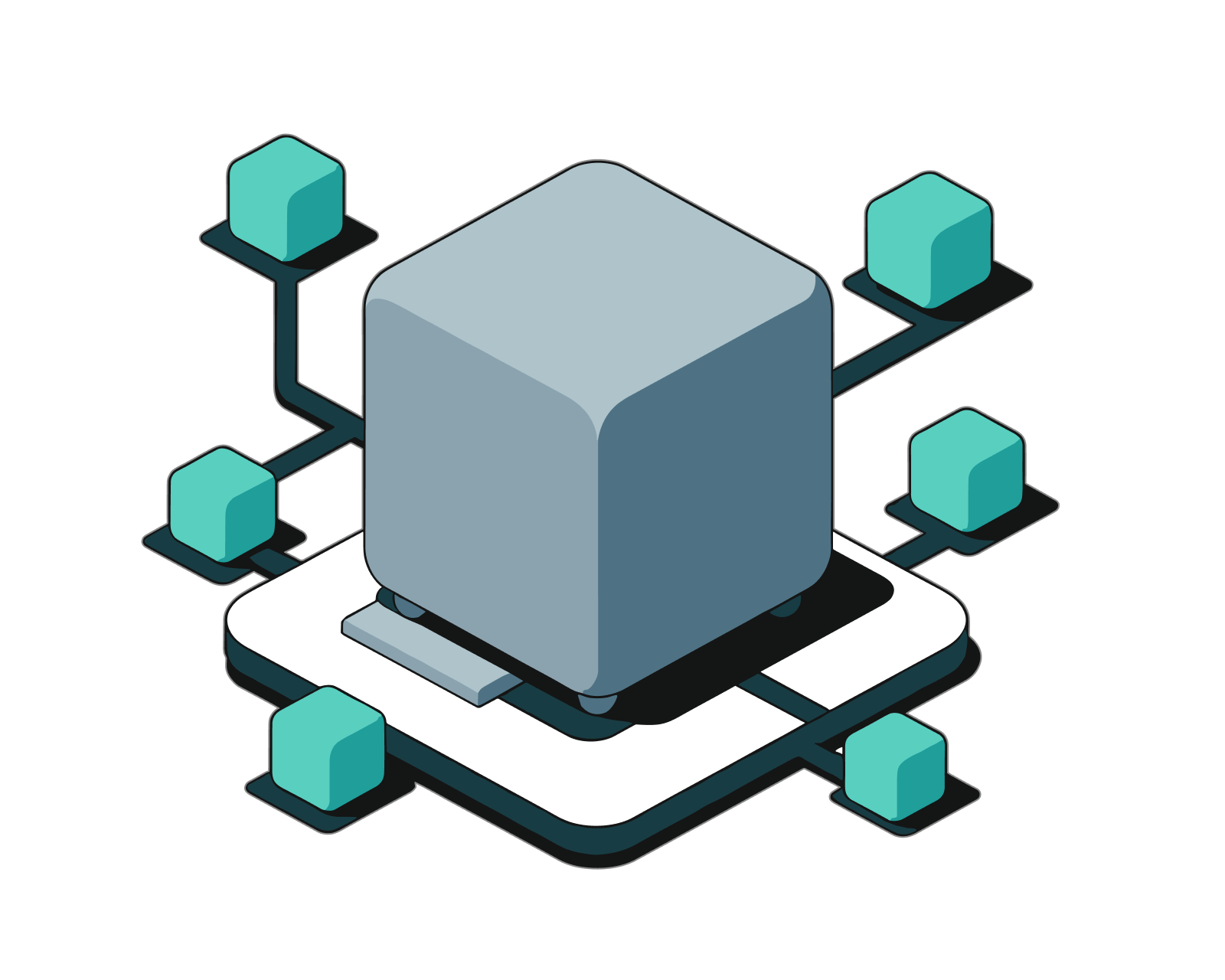
What is ETH gas and how do fees work in Ethereum?
Learn about the unit for measuring transaction fees in Ethereum, get details on the Ethereum fee market, and discover how to customize the fees you pay.
Read this article →
What is ETH gas and how do fees work in Ethereum?
Learn about the unit for measuring transaction fees in Ethereum, get details on the Ethereum fee market, and discover how to customize the fees you pay.

Common DApp risks and how to avoid them
Protect yourself from these common decentralized app (DApp) risks.
Read this article →
Common DApp risks and how to avoid them
Protect yourself from these common decentralized app (DApp) risks.

What is WalletConnect?
Learn about the bridge that connects your wallet to dApps and how to use it.
Read this article →
What is WalletConnect?
Learn about the bridge that connects your wallet to dApps and how to use it.
STAY AHEAD IN CRYPTO
Stay ahead in crypto with our weekly newsletter delivering the insights that matter most
Weekly crypto news, curated for you
Actionable insights and educational tips
Updates on products fueling economic freedom
No spam. Unsubscribe anytime.
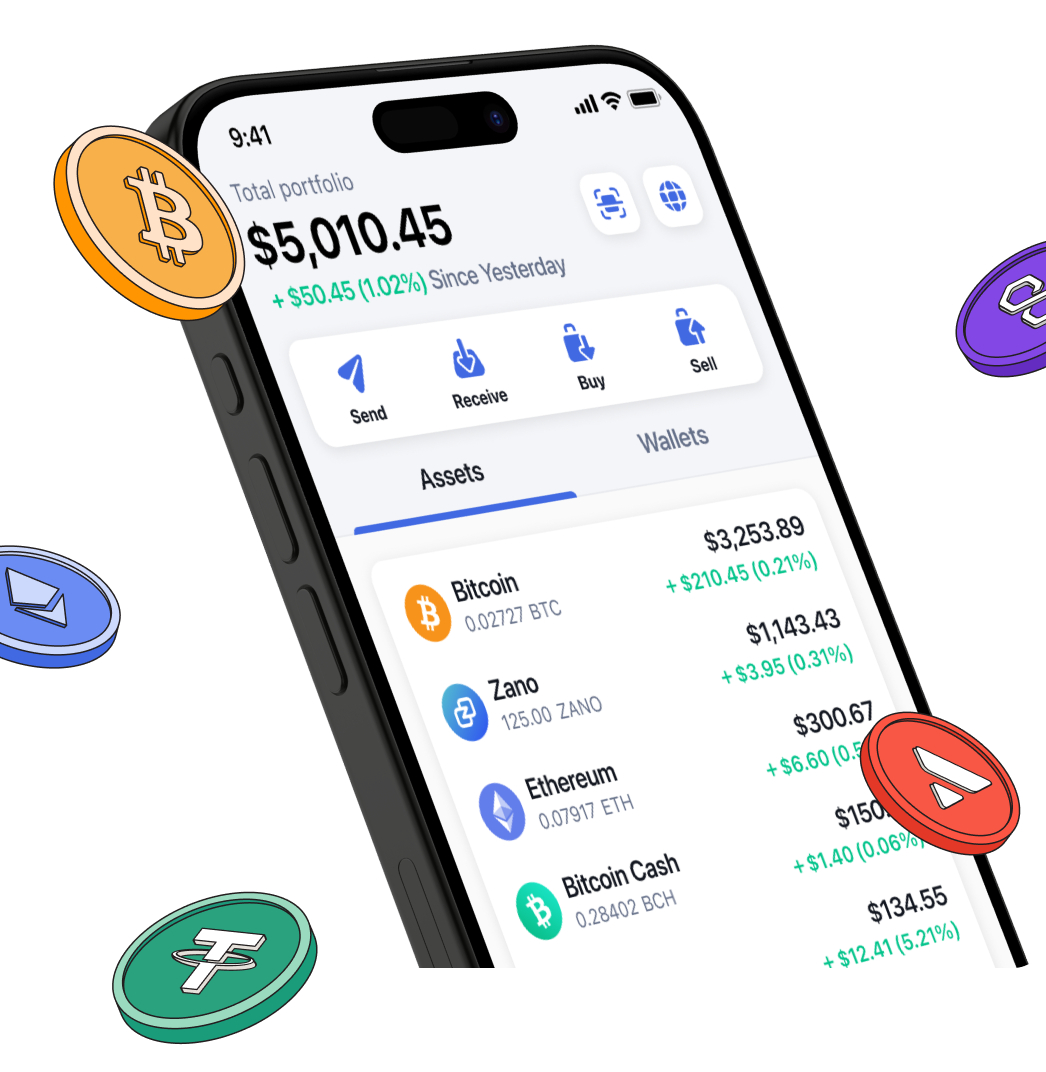
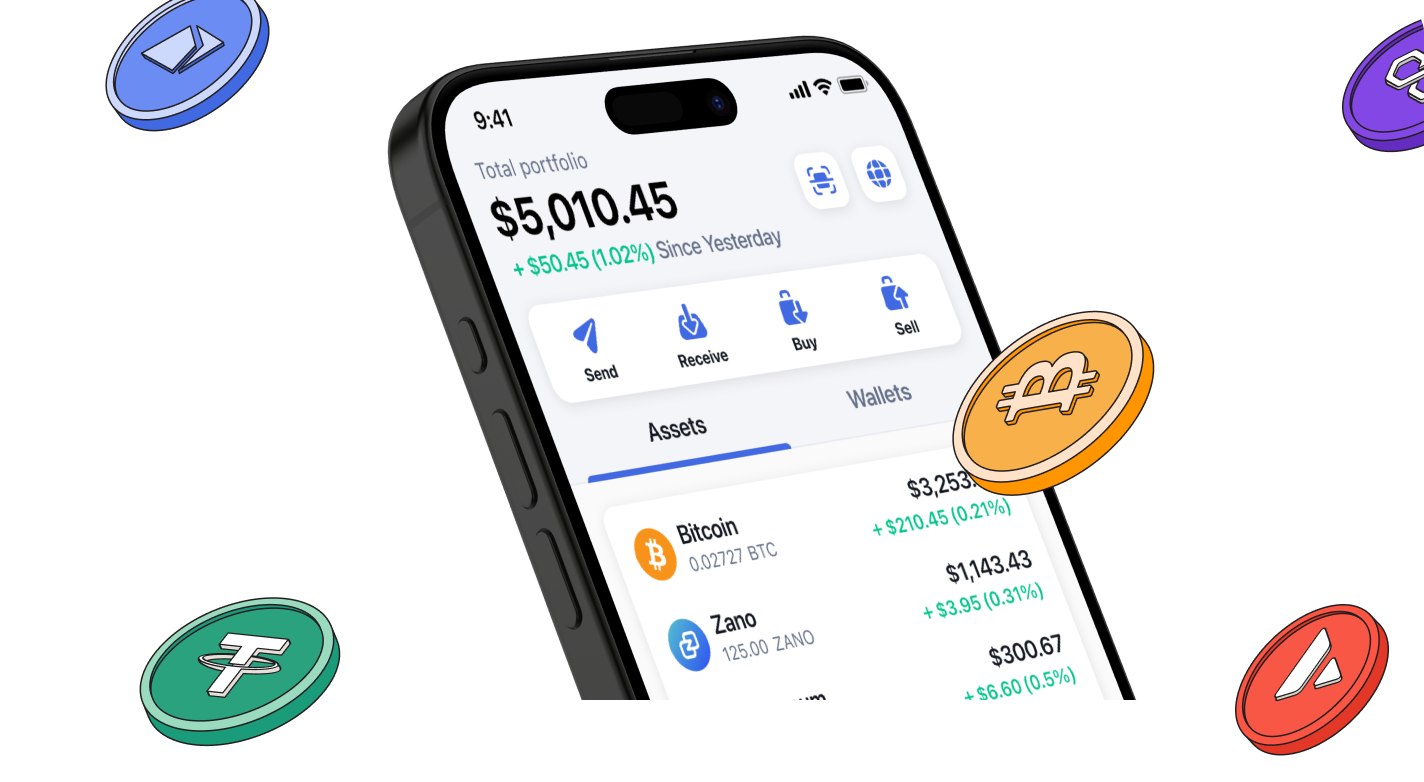
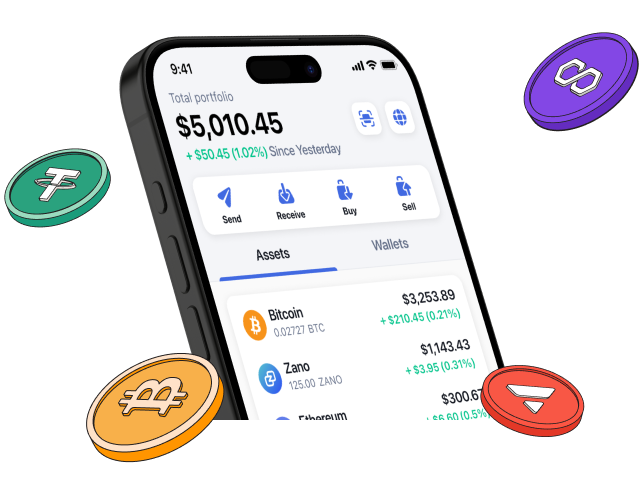
Start investing safely with the Bitcoin.com Wallet
Over wallets created so far
Everything you need to buy, sell, trade, and invest your Bitcoin and cryptocurrency securely

© 2025 Saint Bitts LLC Bitcoin.com. All rights reserved


